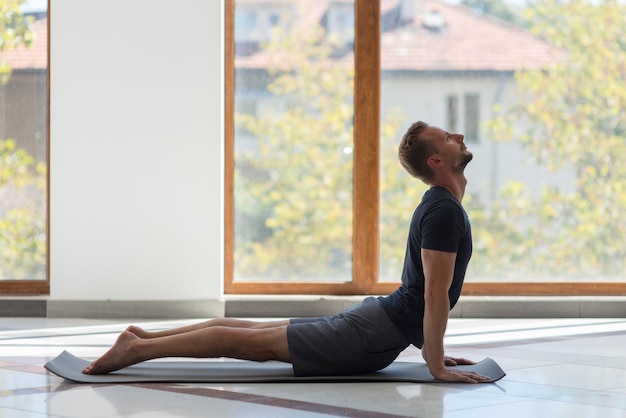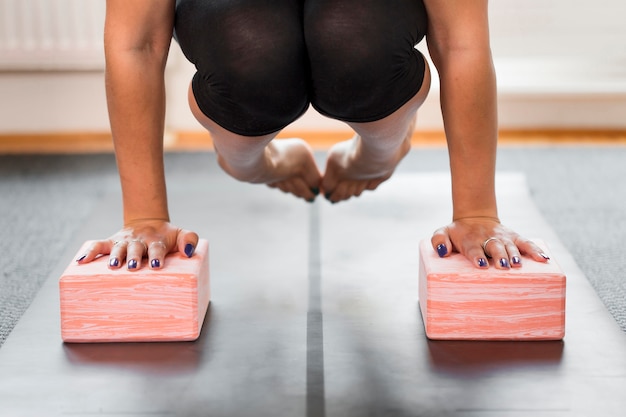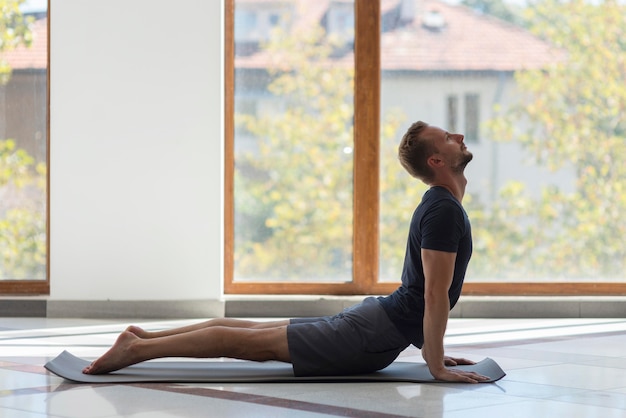Sitting at a desk all day does more than stiffen your back—it weakens your core. Without regular engagement, core muscles atrophy, leading to poor posture, lower back pain, and reduced balance. But what if you could fight back in just 15 minutes a day using simple equipment? Enter kettlebells and dumbbells—two of the most accessible tools for home and office fitness. But when it comes to improving core stability, which one wins?
Core stability isn’t just about having visible abs. It’s about building a strong, functional midsection that supports your spine, improves posture, and enhances full-body movement. For those spending 8+ hours seated, the core becomes underused and inefficient. This leads to compensatory movement patterns, increasing injury risk during daily activities.
The solution? Integrate strength training that actively recruits the core—not just isolates it. Both kettlebells and dumbbells can help, but they do so in fundamentally different ways.

Kettlebells have a unique design: an off-center weight distribution with a handle. This shifts the center of mass away from your hand, creating an uneven load that demands constant stabilization from your core, shoulders, and hips.
Take the kettlebell swing—one of the most effective core-engaging exercises. As you hike the bell back and drive through the hips, your core must remain tight to prevent excessive arching or leaning. This dynamic movement activates the transverse abdominis, obliques, and erector spinae far more than static exercises.
A real-world example: one fitness enthusiast reported that after switching from dumbbells to kettlebells for a month, they noticed a significant increase in core engagement during workouts, especially in maintaining posture during lifts. This isn’t anecdotal—studies suggest that kettlebell exercises elicit higher core muscle activation due to their ballistic and asymmetrical nature.
Dumbbells, with their balanced, symmetrical design, offer a more predictable load. This makes them excellent for controlled, isolated movements like bicep curls, shoulder presses, and bench presses. While these exercises do engage the core to some degree—especially when performed standing or in unstable positions—they generally require less dynamic stabilization than kettlebell movements.
However, dumbbells shine when used in unilateral work (e.g., single-arm rows or overhead presses). These exercises force your core to resist rotation and lateral flexion, promoting anti-rotation strength—a key component of core stability. For desk workers new to strength training, dumbbells offer a gentler learning curve and lower risk of form breakdown.

The best tool is the one you’ll use consistently. Here’s how to build a sustainable routine:
For desk workers, consistency trumps intensity. Even short, daily sessions can reverse the negative effects of prolonged sitting.
When it comes to building functional core stability, kettlebells have the edge. Their design and the nature of common exercises (swings, cleans, snatches) demand constant core engagement to manage momentum and balance. This leads to greater neuromuscular activation and improved coordination.
That said, dumbbells are not obsolete. They’re excellent for building foundational strength and controlled movement patterns. For optimal results, consider combining both: use kettlebells for dynamic, full-body movements and dumbbells for targeted, stabilizing work.
Ultimately, the goal is to move more and sit less. Whether you choose kettlebells, dumbbells, or both, the key is regular, mindful movement that strengthens your core and supports your spine.
Your core doesn’t need crunches—it needs real-world strength. Choose the tool that challenges it, and commit to progress, not perfection.

Fitness

Fitness

Fitness

Fitness

Fitness

Fitness

Fitness

Wellness

Fitness

Fitness

Wellness

Wellness

Health

Fitness

Health

Health